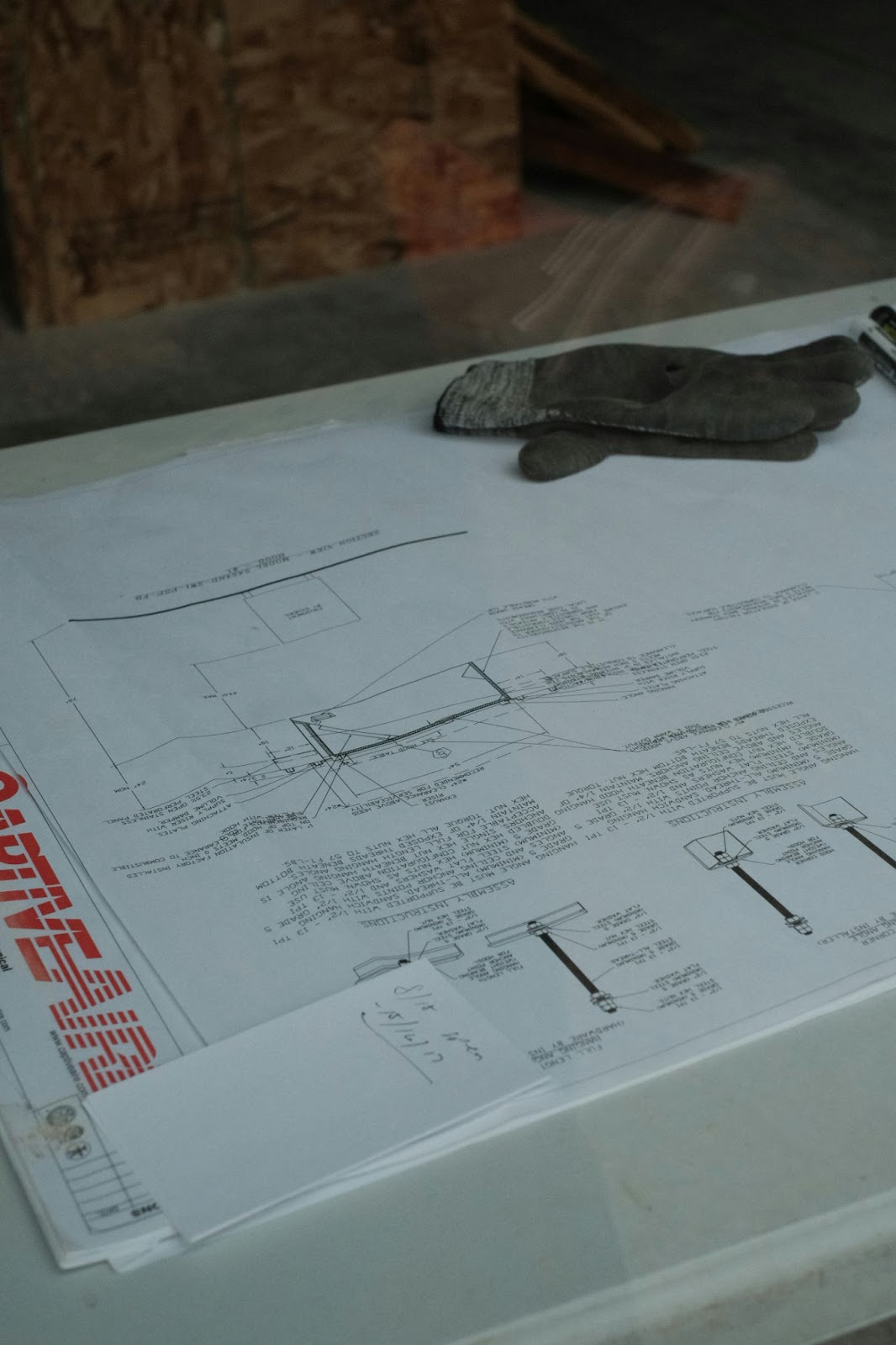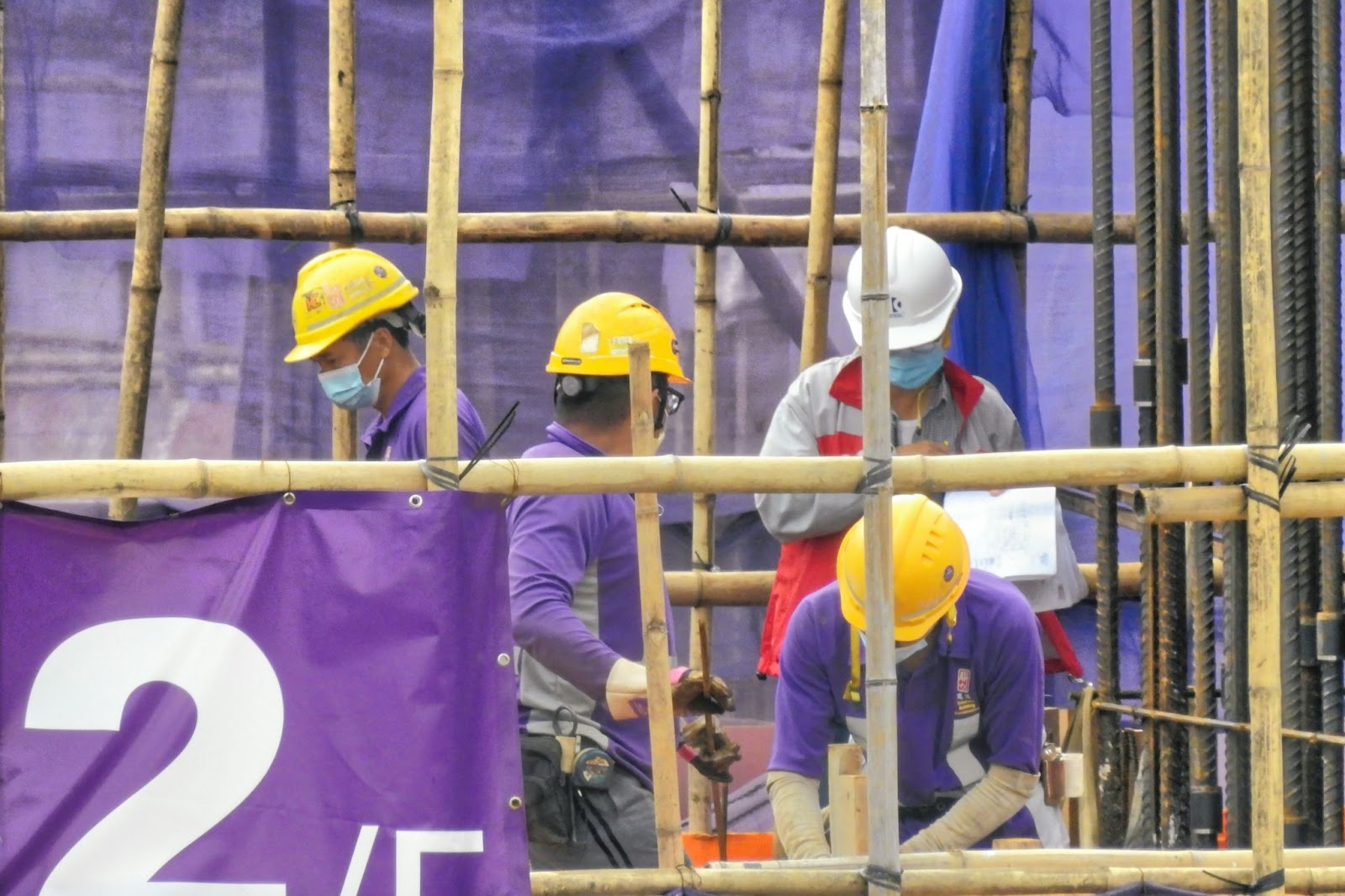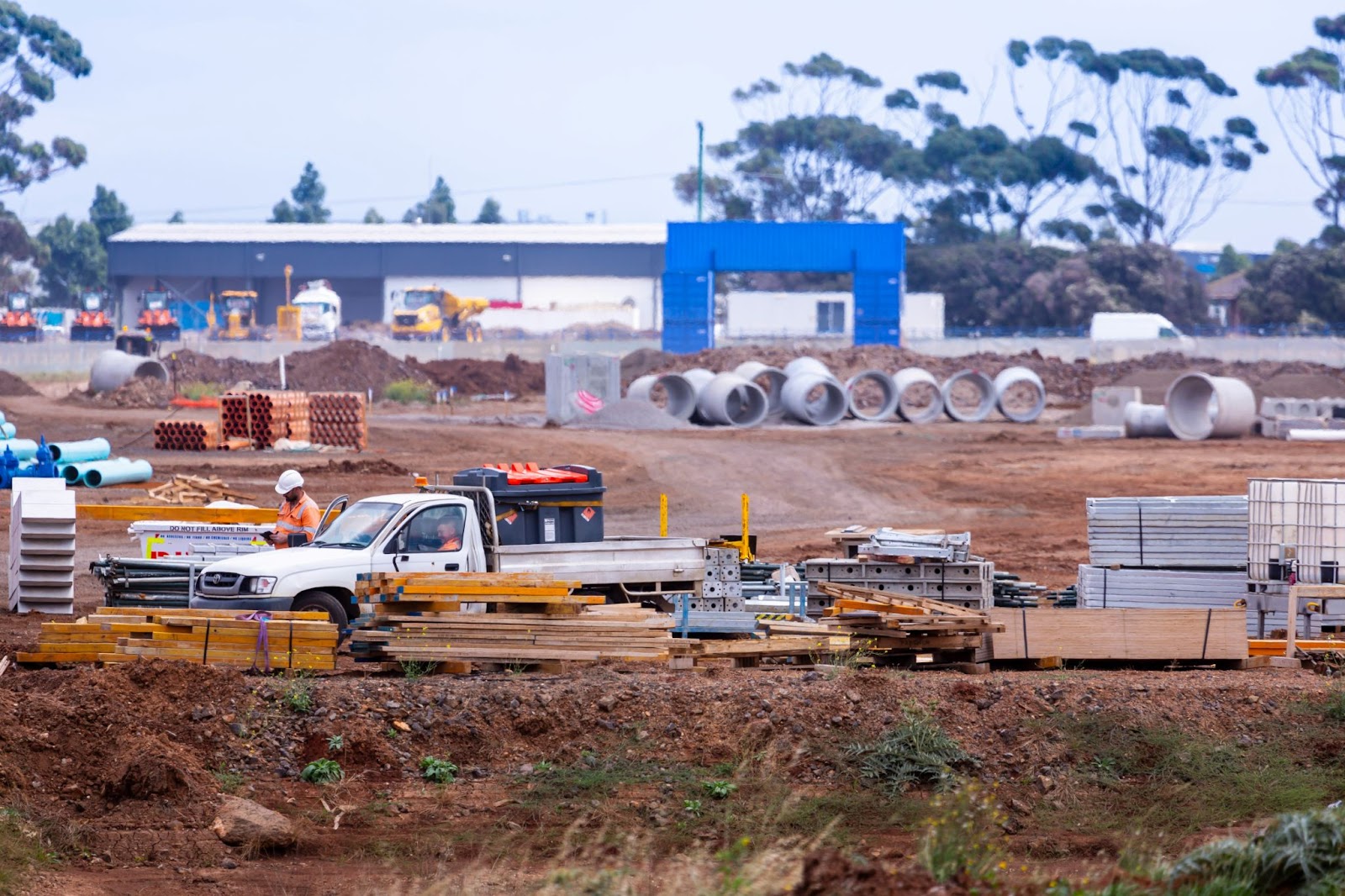Managing a high-end custom home build requires more than just coordinating trades and picking finishes. You're navigating tight schedules, demanding clients, and high expectations, all while trying to stay profitable.
The reality? Even experienced general contractors (GCs) can fall into preventable traps that cause delays, erode trust, and eat into margins.
This guide outlines the 10 most common and costly mistakes in custom home construction. Along with each pitfall, you'll find proven strategies to avoid them. Whether you're managing two projects or ten, these tools, systems, and processes will keep your builds on time and on budget.

1. Underestimating the Project Scope
Underestimating the scope is a mistake that can create a ripple effect of delays, change orders, and profit loss. If the scope of work isn't fully defined before the project begins, it's easy for gaps to appear, often when it's too late to adjust.
Where this typically goes wrong:
- Plans lack detailed elevations or finish specs
- Site conditions are assumed rather than verified
- Allowances are too low and vague
- Trades quote based on assumptions, not confirmed selections
- Clients change their minds mid-build due to misunderstandings

How to Avoid This Mistake:
- Conduct a Comprehensive Review:
Go beyond reading plans. Review all construction documents, including architectural, structural, and MEP plans. Visit the job site before finalizing your estimate to evaluate access, grading, and utilities. - Involve Your Subcontractors Early:
Bring in trusted trade partners to review the plans with you. Their feedback can expose overlooked details that may affect the build. - Create Detailed Scopes for Every Trade:
Outline every responsibility for each subcontractor. Custom templates in tools like Handoff can help standardize this process. - Clarify Selections and Allowances:
Ensure allowances are realistic and clearly defined, so there are no surprises mid-build. - Use a Clarifications & Exclusions Sheet:
Define what’s included and excluded before signing the contract to avoid assumptions that lead to change orders.
Key Takeaway:
A precise scope is the foundation of the entire project. When it’s vague, everything suffers. When it’s defined, the job flows smoothly, client trust increases, and margins are protected.
2. Hiring the Wrong Subcontractors
The quality of your subcontractors determines the quality of your build. Choosing the wrong ones can result in missed deadlines, poor workmanship, and strained client relationships. It’s easy to fall into the trap of hiring based solely on price, but this often costs more in the long run.
Where this typically goes wrong:
- GCs rush to fill the schedule and secure the job
- Price-driven decisions overtake quality checks
- Skipping the vetting process to move faster
- Assuming past experience means current competence

How to Avoid This Mistake:
- Pre-Qualify Every Trade Partner:
Evaluate subcontractors based on craftsmanship, communication, safety record, cleanliness, timeliness, and responsiveness. Always ask for referrals. - Set Expectations in Writing:
Every subcontractor should receive a clear written scope of work, including deadlines, responsibilities, materials, and payment terms. - Hold Regular Accountability Check-Ins:
Regularly monitor progress with onsite walkthroughs to ensure the work is done correctly. - Build Long-Term Relationships:
Invest in your relationships with high-performing subcontractors to ensure consistency across projects.
Key Takeaway:
Hiring the right subcontractors isn’t just about avoiding mistakes; it’s about protecting your reputation. Choose wisely, communicate clearly, and use tools like Handoff to maintain consistency across projects.
3. Poor Communication
Miscommunication can quickly lead to delays, rework, and costly errors. Custom home projects involve dozens of stakeholders, and any lapse in communication can result in major setbacks.
Where this typically goes wrong:
- Trades show up before rough-ins are complete
- Clients and crew are misaligned on expectations
- Changes or selections aren’t properly documented
- Time is wasted chasing updates through multiple channels

How to Avoid This Mistake:
- Establish Clear Communication Protocols:
Define how updates are shared and set expectations for how questions should be asked and answered. - Centralize Everything in One Platform:
Use one tool, like Handoff, to consolidate communication, documents, schedules, and updates to avoid miscommunication. - Document Everything:
Always follow up on phone calls or verbal discussions with written confirmation. Summarize key conversations and upload necessary documents to your platform.
Key Takeaway:
Clear communication ensures that everyone is on the same page, reduces mistakes, and increases client satisfaction. Systems like Handoff keep communication organized, transparent, and easy to manage.
4. Lack of Structured Project Management
A project without structure is a recipe for chaos. Without a solid system in place to manage timelines, responsibilities, and progress, even the best teams can fall behind schedule.
Where this typically goes wrong:
- Subs arrive before the site is ready
- Materials are delivered at the wrong time
- Tasks aren’t assigned clearly, leading to confusion
- Critical steps are missed due to poor planning

How to Avoid It:
- Build Your Schedule Using the Critical Path Method:
Identify dependencies and critical tasks that must be completed before others begin. This method helps you understand where delays can occur. - Use Project Management Software:
Use a platform like Handoff to centralize all aspects of the project, from scheduling to task management. This allows your team to stay aligned and reduce errors. - Assign Clear Ownership for Every Task:
Clearly assign responsibilities for every task, no matter how small, and make sure deadlines are respected.
Key Takeaway:
Structured project management keeps everything on track and ensures projects stay organized. With the right tools and a structured approach, your builds will be smoother, more efficient, and more profitable.
5. Not Budgeting for Delays
Delays are inevitable, but many general contractors fail to budget for them. Whether due to bad weather, supplier delays, or permitting issues, a lack of buffer time can derail a project.
Where this typically goes wrong:
- A jobsite sits idle due to a permit delay
- A missed delivery pushes back key phases
- Clients get upset when delays aren’t communicated properly
- Additional labor costs arise while waiting for materials

How to Avoid It:
- Add Buffer Time to Every Schedule:
Don’t assume everything will go smoothly. Add buffer time to account for permitting, inspections, and supplier lead times. - Include a Contingency Line in Your Budget:
Always include a 5–10% contingency to handle unexpected costs without straining your budget. - Proactively Communicate Delays:
If something is delayed, let your client know immediately and offer alternatives or solutions.
Key Takeaway:
Delays happen, but with the right planning, you can mitigate their impact. By adding buffer time and clear communication, you protect both your timeline and client relationships.
6. Disorganized Documentation
Poor documentation leads to chaos and potential legal issues. Custom home builds generate massive amounts of paperwork, from contracts and change orders to selection details and inspection reports.
Where this typically goes wrong:
- Important documents are lost or scattered
- Change orders are never properly documented
- Issues with approvals or inspections arise

How to Avoid It:
- Centralize All Documents in One System:
Use a digital platform like Handoff to store and manage all project documentation in one place. - Log Daily Jobsite Activity:
Document work performed, materials delivered, and any deviations from the plan. This provides a record of progress and proof if disputes arise. - Document All Changes:
Any minor change, no matter how small, should be written down to avoid confusion later.
Key Takeaway:
Organized documentation ensures smoother projects, faster approvals, and fewer disputes. With tools like Handoff, you can stay on top of every detail.
7. Neglecting Customer Service
Client experience doesn’t end with the final walkthrough. Neglecting customer service throughout the build process can damage your reputation and jeopardize future business.
Where this typically goes wrong:
- Clients feel left in the dark about project progress
- Important issues are brushed aside or ignored
- Clients feel that communication is vague or inconsistent

How to Avoid It:
- Check In Regularly:
Keep clients updated weekly, even if there’s no new information. It builds trust and keeps them from feeling anxious. - Set Expectations Early:
Be clear about timelines, what’s normal, and what could go wrong. Revisiting these expectations helps maintain alignment throughout the project. - Address Issues Promptly:
Always respond quickly and respectfully when problems arise. Clients appreciate transparency and professionalism.
Key Takeaway:
Client relationships are just as important as the build itself. A strong service culture leads to more referrals and repeat business.
General Contractors: Build Smarter. Protect Your Margins.
The path to a successful custom home build is filled with potential pitfalls. By avoiding these common mistakes, GCs can protect their bottom line, improve client relationships, and build a reputation for excellence. Tools like Handoff make it easier to stay organized, improve communication, and avoid costly errors.
Ready to take control of your projects and avoid costly mistakes?















